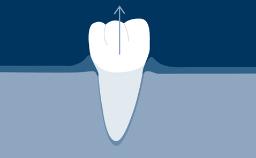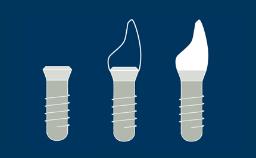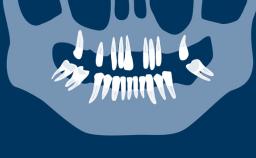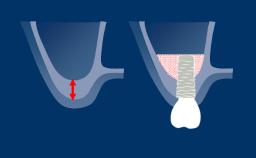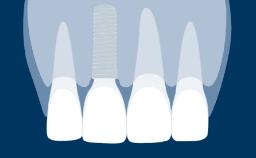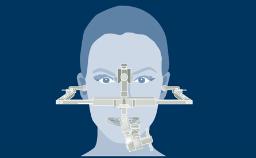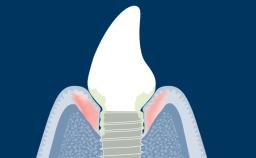
Implant and Prosthesis Survival and Success - Learning Modules - Home
Treatment Outcomes and Continuing Care
Implant and Prosthesis Survival and Success
The replacement of missing teeth by means of endosseous implants has been proven to be a successful treatment modality for both completely and partially edentulous patients.
This concept is based on the biological phenomenon of osseointegration.
For a good long-term outcome of an implant-supported reconstruction, both hard and soft tissue need to be stable and to provide an adequate support for the prosthetic reconstruction.
There are various risk factors that may affect the success and survival rates. A clinician planning an implant therapy needs to know the risk factors that contribute to the different types of complications that can occur after implant treatment.
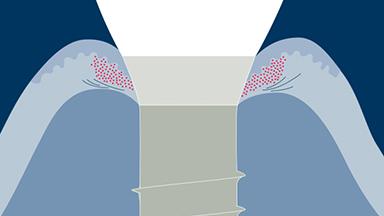
After completing this ITI Academy Module, you should be able to…
- define implant survival and implant success and distinguish the difference between both
- identify the different types of complications that may be involved in implant therapy
- identify the risk factors for these complications
- describe the survival and success outcomes for implant-supported single crowns and multi-unit restorations
- Editor
- Stephen T Chen , Charlotte Stilwell
- Duration
- 26 min. + 10 min. for the Assessment
- CPD/CME
- 0.6 hours
- Purchase price
- 39 Academy Coins
- Related assessment
- Implant and Prosthesis Survival and Success
- Subtitles
- English Turkish Japanese Russian German Spanish
Share this page
Download the QR code with a link to this page and use it in your presentations or share it on social media.
Download QR code

